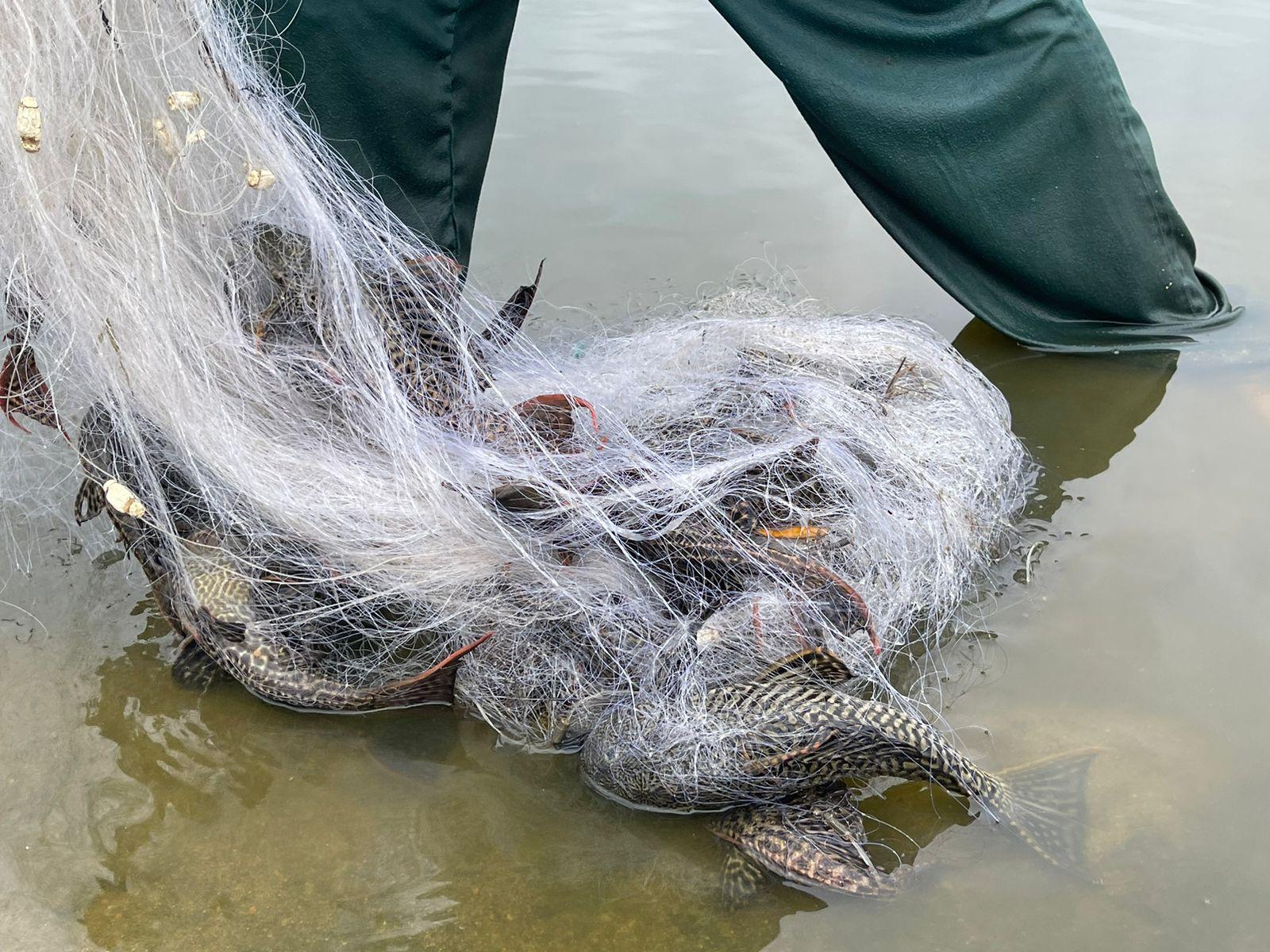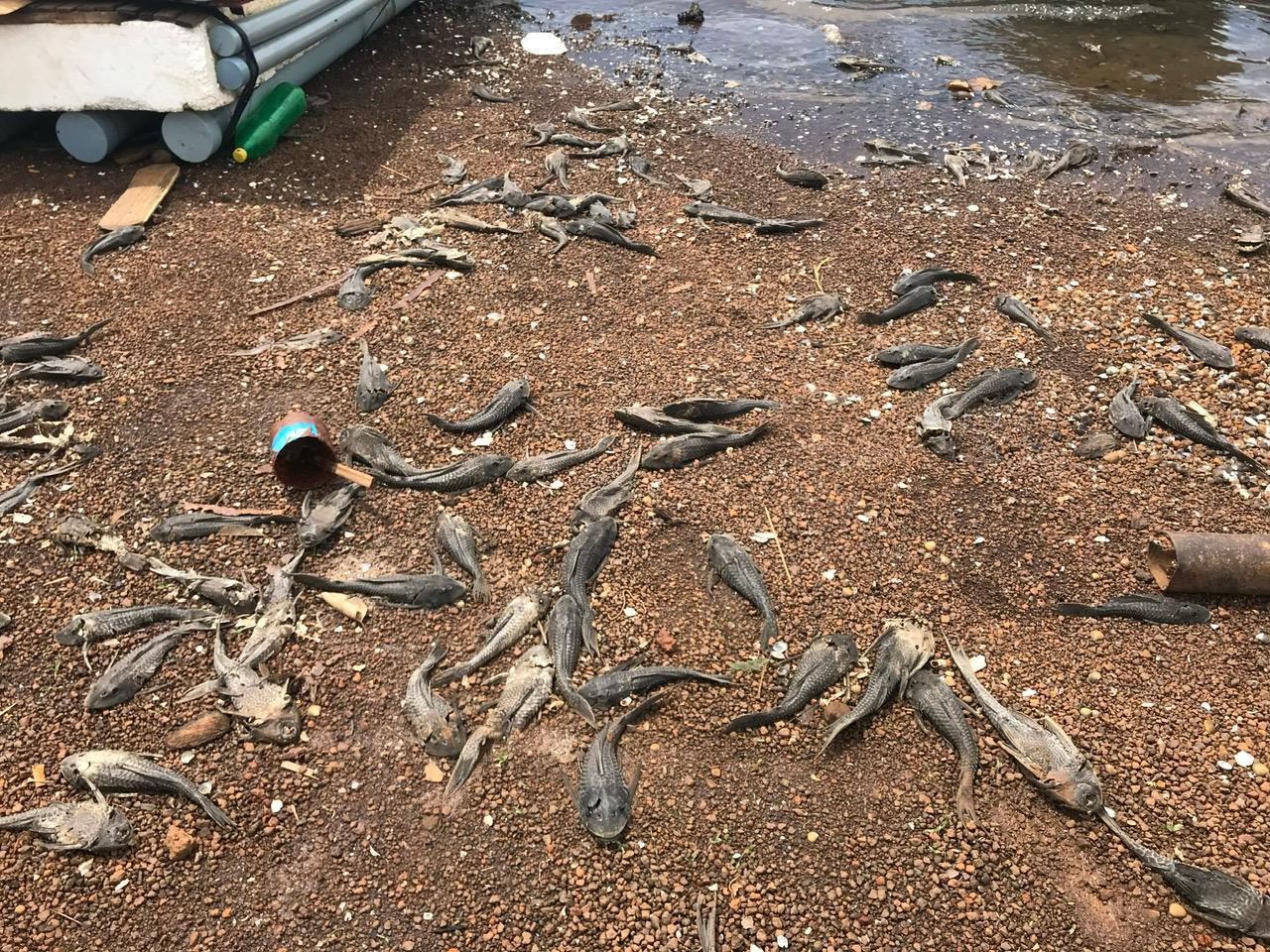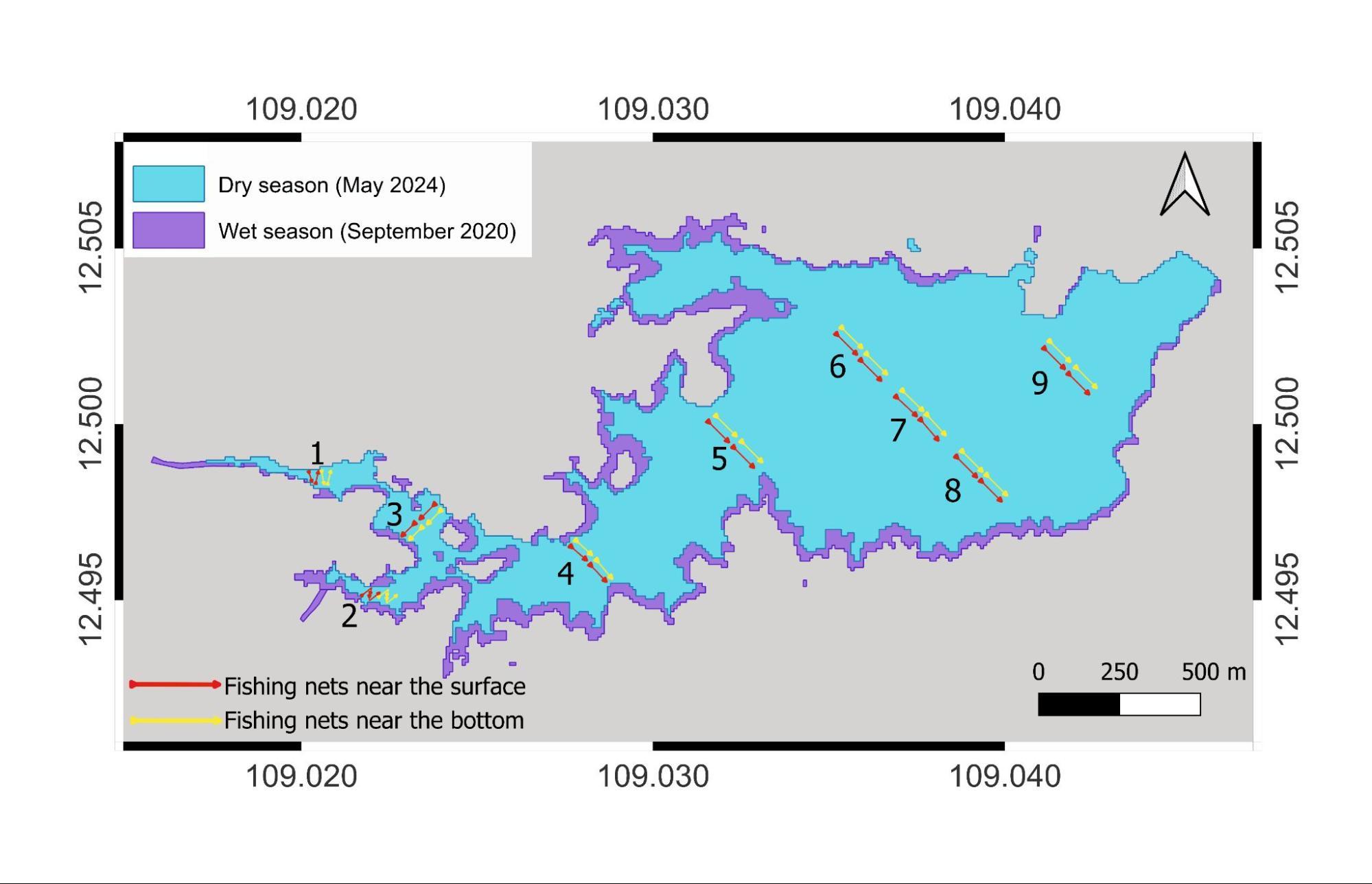
During the last decade, non-native armoured catfish (Siluriformes: Loricariidae: Pterygoplichthys) have successfully occupied many freshwater ecosystems in Vietnam. Compared to other non-native fish, loricariids have a wide tolerance for habitat heterogeneity, which allows them to spread successfully into new bodies of water. Fish of this genus has a highly protective body to prevent predation. Armoured catfish exhibit parental care, nest-building behavior, produce large eggs, and have high fecundity rates, all of which contribute to their successful reproduction into new habitat. In Indo-Pacific region, these fish are not commonly targeted as a fishing resource and often damage gill nets. Currently, loricariids hold the potential to spread and occupy new aquatic ecosystems. Monitoring their density is important for the social-economic situation in Vietnam.

The invasion process is not determined solely by the high plasticity of the genus. It is known that the possibility of successful spreading increases in disturbed bodies of water under high artificial pressure and modification. Most rivers in Vietnam are regulated by dams. The density of armored catfish could increase significantly due to heightened competition with native fish in the reservoirs.
Vietnamese and Russian scientists estimated the number and biomass of armoured catfish and Nile tilapia Oreochromis niloticus in the Suoi Trau Reservoir (Khanh Hoa province) as part of the Ecolan 3.2 project (Research Coordinator: Efim D. Pavlov) of the Joint Vietnam-Russia Tropical Science and Technology Research Center. For three weeks of study, we used fishing gill nets at nine sampling locations, targeting both near-surface and near-bottom areas of the Suoi Trau Reservoir. The fishing took place during the dry season when the water level in the reservoir was low, which could lead to high intra- and interspecific competition. Catch per unit effort, as well as the ratios of the number and biomass of non-native and native fish species, were recorded at each sampling location.

In the year 2019, thirty-four native species and three non-native species were identified: the African catfish Clarias gariepinus (first recorded in the reservoir), Nile tilapia Oreochromis niloticus, and loricariids Pterygoplichthys spp. Five years later, in 2024, were captured only eleven native fish species, as well as non-native Nile tilapia and armoured catfish. We observed that loricariids frequently occupied areas in the reservoir along with native fish, and their numbers positively correlated with the numbers of native fish. However, the high occurrence of Nile tilapia did not correspond with a high occurrence of native fish in the reservoir. The total biomass of the two non-native species constituted 19% of the total biomass of all captured native fish in Suoi Trau reservoir, and the biomass of armoured catfish highly dominated in four of the nine sampled locations. The loricariids are gradually could replace the native ichthyofauna in the reservoir. We hypothesize that similar trends of replacement could be exhibited not only in lentic but also in lotic water ecosystems.
Article (Dien et al. 2025) was published in BioInvasions Records journal, Volume 14, Issue 1, pp 123-139, Tran Duc Dien, Ekaterina V. Ganzha, Nguyen Trinh Duc Hieu and Efim D. Pavlov, Non-native and native fish occurrence and distribution in the Suoi Trau reservoir (Central Vietnam).
